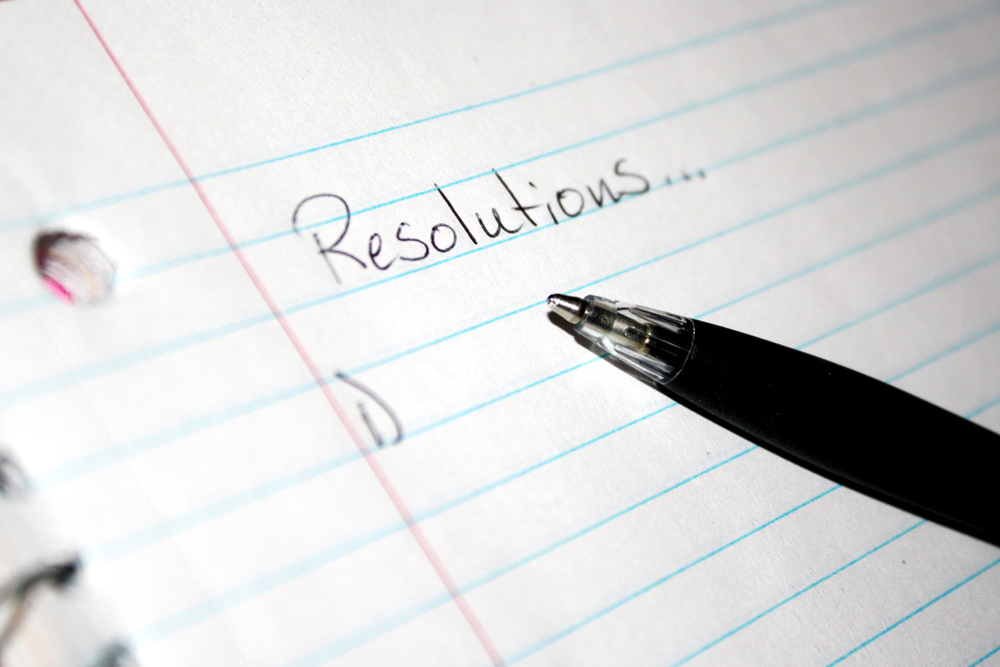We all need iron. Some of us, however, need a little more of it than others.
Ironed out
We all need iron. Some of us, however, need a little more of it than others.
Iron is present in every cell of the body and is chiefly responsible for the transport of oxygen via red blood cells.
When someone experiences an iron deficiency, they may feel fatigued, weak and irritable. They may have headaches or even develop an appetite for unusual substances like chalk, flour and soil.
Iron deficiency is the most common form of nutritional deficiency known to the world. Typical causes include too little iron in the diet, loss of blood or poor absorption of iron in the body. A recent article in the European Journal of Applied Physiology states that iron deficiency affects over 30 percent of women between the ages of 18 and 28 who exercise regularly.
Coaches and athletes at high levels of competition have long known about the adverse effects of having an iron deficiency. Tim Bennett, head coach of the Portland State women’s soccer team, has had players in the past who have had to overcome iron deficiencies.
“Mainly it’s tiredness, fatigue and an inability to recover between games or practices,” Bennett said. “It really slows down the recovery period.”
Iron deficiency can lead to some very serious outcomes if left unheeded and, in the most severe cases, can even end in death. However, most cases of iron deficiency can be overcome by simply adding more iron-rich foods to your diet.
“Generally speaking, you’re better off to get more iron through your diet, rather than supplements,” said Duane Duey, Portland State assistant athletic trainer.
Red meat, fish and poultry are rich in iron, as are raisins, eggs, peas and beans. It is important to keep in mind that recovering from an iron deficiency does not happen overnight, but it is something that can be easily overcome if necessary precautions are taken.
“It takes a little bit of time,” Bennett said. “Getting iron through the diet takes as long as it does for the body to adjust, but as long as it’s consistent, there’s pretty good results. [Players] usually start feeling better and a lot more energized.”
Duey noted that not everyone is convinced that iron deficiencies are more prevalent among athletes than the general population.
“It depends on who you talk to if it’s a problem or not,” Duey said. “It’s been a big deal track-wise because of supplement issues, but there are a lot of conflicting numbers.”
In 2006, Military Medicine reported that 16 percent of females in the United States between the ages of 16 and 19 were iron deficient. They studied a group of 71 female military recruits who exercised six or more hours a week, finding nearly 80 percent of them to have some kind of iron depletion and 25 percent of them to be iron deficient.
Many academic journals and educational magazines estimate that iron deficiency may affect anywhere from 11 to 30 percent of the general female population. Most commonly, estimates were near 20 percent. Iron deficiency is know to be more common in women than in men (only 3 percent) because of the loss of iron in the body due to menstruation.



